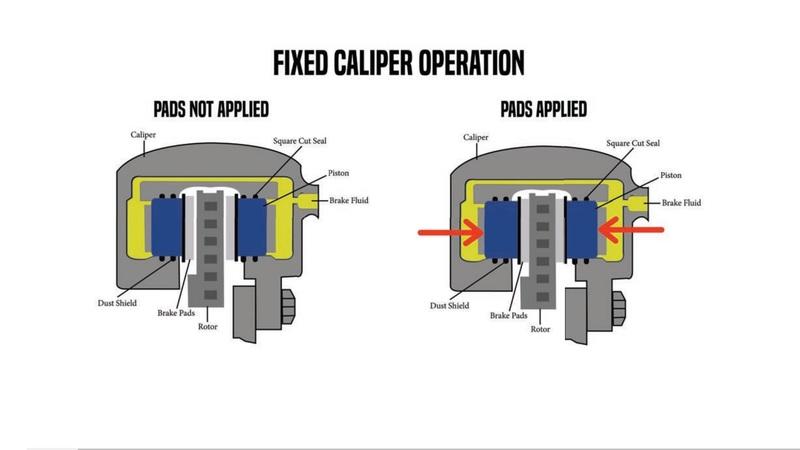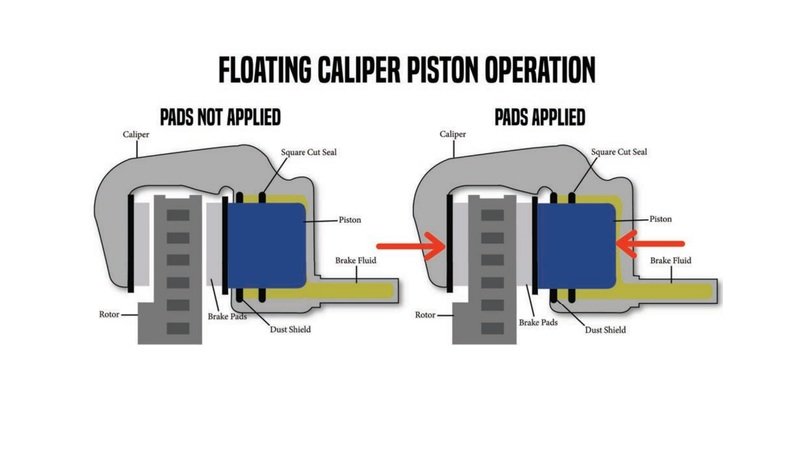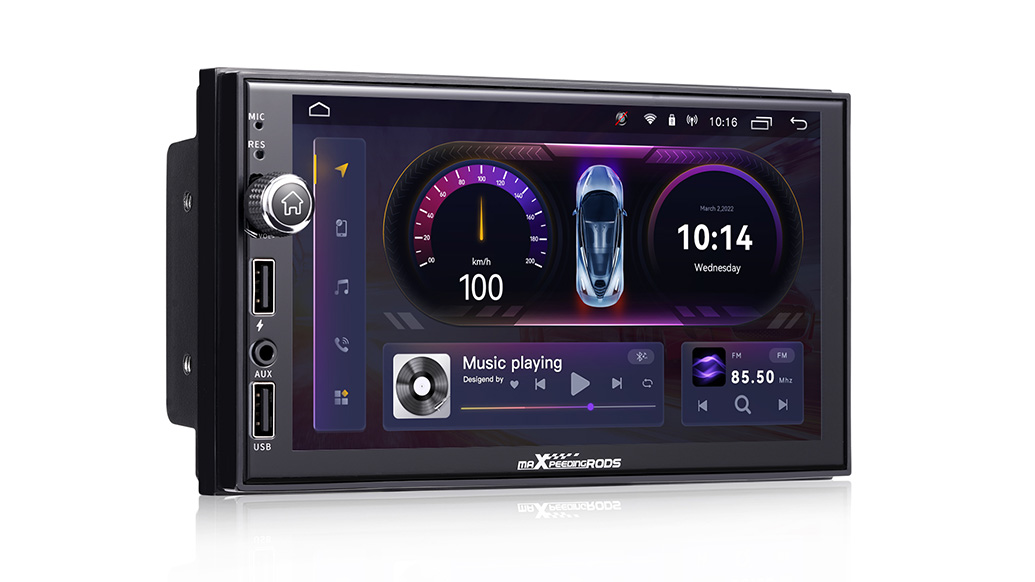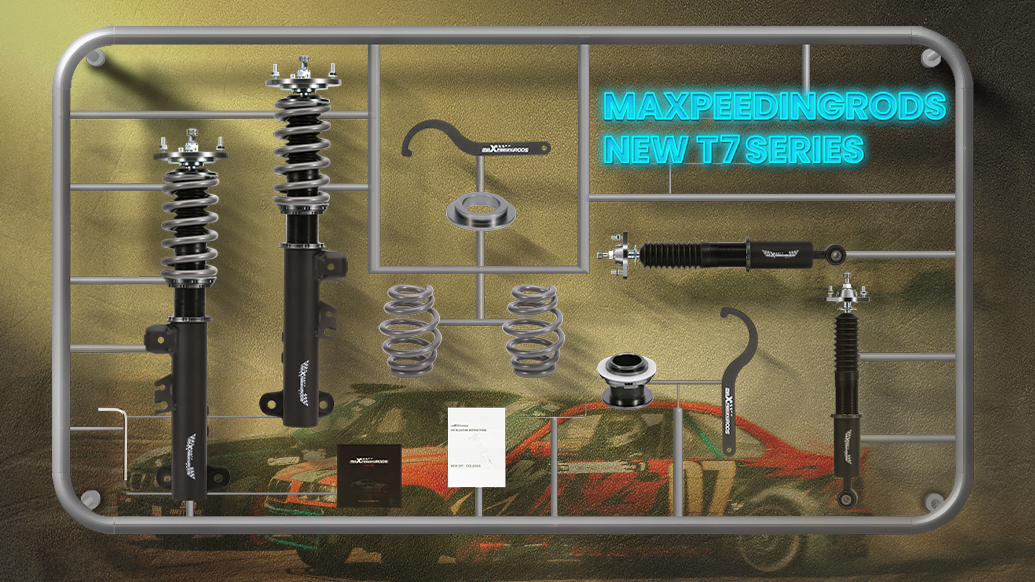Brake calipers form the heart of a disc brake system. It enables the braking action to happen, something that enhances safety and drivability.
However, the fact is that brake calipers functions are not recognizable by the most vehicle owner.
It is quite arguable that this brake component is the most essential part of car’s disc brake system. The brake system that most cars on the road have in their front brakes.
The calipers serve a significant role, without which, the car wouldn’t be able to stop at all.
How brake calipers work?
The brake caliper is like a clamp that fits on wheel’s brake rotor, inside this is the car’s brake pads and pistons. Whenever you step on your car’s brakes, the caliper creates braking friction on brake rotors to slow and eventually stop your vehicle.
Floating Caliper vs. Fixed Caliper
One question we often get asked is how a floating caliper operates in comparison to a fixed caliper. It is important to understand the difference between these two caliper types.
Once you understand how a floating caliper works, it emphasizes how critical it is to properly lubricate the disc brake system to make sure that the caliper is able to move freely.
Fixed Caliper
A fixed caliper’s operation is simple to understand. A fixed caliper does not move when the brakes are applied. There are pistons on both sides of a fixed caliper. When the brakes are applied, the pistons apply the brake pads on both sides against the rotor (See Figure 1).

Figure 1
Floating Caliper
A floating caliper’s operation is a little more complex. With a floating caliper, there is only one piston. So how does a floating caliper apply the outboard pad? When the brake pedal is applied, the piston comes out and applies the inboard pad. At the same time, as the piston comes out, the caliper itself slides inward to apply the outboard pad (See Figure 2).

Figure 2
That is why it is so important to properly lubricate caliper slide pins. If the caliper isn’t able to slide properly, the outboard pad won’t be able to make contact with the rotor. This leaves the inboard pad to take over tbraking responsibilities. When this happens, you will see premature wear on the inboard pad.
Signs That Your Brake Calipers Are Going Bad
Brake pads are intended to wear out with normal use. It is expected. And, of course, they can wear faster under certain conditions, like sudden aggressive stops, or a driver riding the brake pedal. But they can also wear out quickly if the brake caliper is failing. Here are some signs that one of your brake calipers is going bad:
- Vehicle pulls to one side.
- Squealing or metallic rubbing noise.
- Uneven brake pad wear.
- Leaking brake fluid.
- Clunking sound.
Repair Procedure
Make sure that when doing a brake job on a disc brake system, you properly lubricate the following:
- Caliper slide pins and bushings.
- The face of the caliper piston where it contacts the pad.
- The outboard caliper casting where is contacts the pad.
- The surface of the abutment clips where the brake pads ride on the clips.
Maintenance
- Use a silicone-based brake lubricant with a high-temperature melting point.
- Don’t use petroleum-based lubricant. It will cause the rubber to swell and impeded caliper movement.
- Don’t over-apply the lubricant. A thin coat will do the job.
- By properly lubricating the brake system, you will help ensure the disc brake system can move freely and properly apply both brake pads.
MaXpeedingRods supplies top-quality calipers across a large selection of vehicle makes, including, but not limited to: Yamaha, Volkswagen, Toyota, Ford, Audi, Honda, BMW, Seat and more. Click here to get a quote for a carburetor replacement. (Use code:Blog to get 10% discount)








